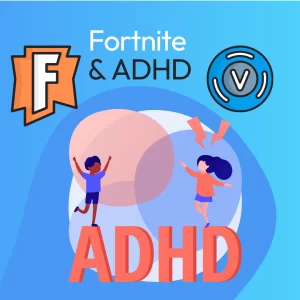One of the most common questions we hear while teaching about bullying is why do young people bully? Every parent and teacher would like to understand how a child is capable of bullying others. Even the term “bully” and “victim” are labels that we use to attempt to stick the guilty party in the corner and punish them, while wrapping our arms around the child who was bullied (the victim). Critical to the bullying dynamic is the feature of a power imbalance between the bully and the victim. This asymmetric relationship can exist because of a number of different factors. Maybe one child is older/larger than the other. Intelligence could play a role. Or maybe social standing and capital are leveraged to highlight the hierarchy.
Bully-victims?
What may surprise some is that the youth who are most likely to bully are—themselves—victims of bullying; the so-called “bully-victims.” These young people may believe that bullying others is justified because they have been bullied. Or maybe they are in a social hierarchy where their position in the middle, where they are bullied by those above them, is maintained by bullying others at the bottom of the hierarchy. One thing is clear: it is unlikely that they do not know how harmful bullying is, and unlikely they do not realize what they are doing to others. And ignorance to how their actions make others feel is extremely difficult to believe.
Why do young people bully others?
There are a number of reasons young people bully others. The socially integrated bully will bully less popular students by using relational aggression and rumors in order to simultaneously prop themselves up and put others down. Young people attempting to climb the social ladder can also resort to bullying as a way to navigate the social hierarchy in an integrated way. The socially marginalized bully, in contrast, is a student who has few friends but finds socialization by dominating others. They may find that their power over others is their age, or physical size.
Young people can bully because it makes them feel good about themselves. Putting others down is a way to make someone feel good about themselves, in the short term. Boredom can be another reason to bully others. Bullies may be bored with their day-to-day lives at school. They may resort to bullying in order to add excitement or drama to their lives. Bullying is also a way for young people to get attention from their peers. Their actions against their victims may illicit laughter, or may catalyze others to join in.
Are you either a “bully,” or a “victim”?
There are many reasons for bullying. And the categories of “bully” and “victim” are not fixed. Rather, there are fluid dynamics at play where a person is likely to move back and forth between categories of bully and victim depending on the social circumstances and environment. Maybe we should be encouraging young people to identity the parts of themselves where they are vulnerable to mistreat others. If they can understand where the motivation to bully others is coming from, it may be preventable. If we acknowledge that every one of us is capable of bullying, then maybe we explore the circumstances where we might be capable of behaving in such a way. Only then can we help create communities where young people treat one another with respect and dignity.
Check out some of our other posts on bullying:



